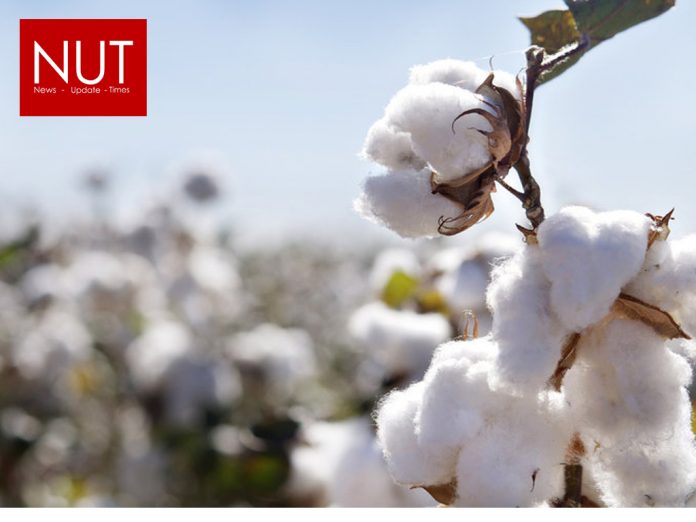ZAHID CHUGHTAI
Participants at a discussion arranged by the Agriculture Republic proposed encouraging tripartite collaborations (industry, government and research institutes/universities) to improve local cotton varieties with more tolerance to drought and heat, reducing the long duration of cotton (~315 days) to short duration (210-220 days), with the aim to bring down overall input costs and overcome food security issues. Biotechnology traits for insect protection would also help season-long Built-in crop protection and enable fewer trips over the field during unfavourable environmental conditions. Advanced herbicide formulations and herbicide-tolerant seeds would provide farmers with tools to fight weeds that steal water and nutrients, added the participants. The proposal was given by the stakeholders while speaking at the debate on ‘how can the government and stakeholders revive the cotton in Pakistan’. The discussion was moderated by Aamer Hayat Bhandara and Foud Bajwa.
The platform also offered the government to help from this platform to revive the dwindling cotton crop. Stakeholders also said that the government should build an action plan which is practical and enforceable. The first step would be enforcing research institutes to produce varieties that are suitable for climate change. The first step should be the introduction of quality seed, second introducing regulations to curb low-quality seed or pesticide production in the market. The third step should be improving the country’s spinning and ginning technologies, changing the current weight-based pricing method to a quality-based pricing method.
The ginners should also label the quality features on the bales to gain buyers’ attention. Participants also floated the idea of setting up a “farmer portal” containing real-time information for decision making by the growers especially cotton on operations (seeding to harvest) including market channels to help farmers decision making on crop planning, selection of seed, inputs etc. The portal should also have information for farmers, extension workers; R&D/University about soil characterization, land preparation, knowledge-based crop management decisions (fertilizers, crop protection), adjustment to real-time weather and pest challenges, harvest, and marketing decisions. Participants observed that cotton segment needs much due attention by government and stakeholders in terms of financial as well as product security for researchers and international firms that want to explore cotton seed technology. The experts believe this portal will be a great service to the farming community and will help combat the food security challenges faced by Pakistan. This will also be instrumental in the revival of cotton production. Therefore, a farmer portal will combine data and operational insight of an individual farmer with a network of 3rd party service providers to help with the decision process for agronomic management activities.
Aamer Hayat Bhandara said every farmer’s interest is in its economy and return of investment and all these points are really challenging for the farmers particularly small farmers in Pakistan. All these challenges can be linked with the availability of good and up to date seed cotton; these can be climate and disease resilient, high yielding and good quality. The challenge being faced in the recent years is a paucity of funds for research particularly for cotton if we’ll not have good seed how farmers would be interested to grow a crop they left due to high production costs and poor quality of seed with new diseases, climatic challenges and lower market prices, cartels and non-supportive policies of importing the commodity for processors against the local produce. Fouad Bajwa said the country had imported cotton valued at $9 billion over one-decade, lost lint production worth $8.3 billion over the last 6 years, and other contributors owing to the loss in seed, oil etc.
Mian Sajjad, from seed sector, observed that the major reason for the cotton decline is the poor quality of seed. People used non approved varieties and self-selected varieties. BT cotton was poorly managed by Govt and farmers as well. No one followed its protocols. Labour is another major cause of its decline. Due to severe weather conditions, there is a shortage of labour. Climate change is also the major variable for the cotton decline. Poor farmer education regarding pests is also the reason. Hamid Malik, an agriculture consultant, said Pakistan cotton production is down from 1.676 million tons in 2016-17 to just 0.980 tons in 2021, almost half in 4 years. While global production increased from 23.22 million ton to 24.8 million tons during the same 4 years. India made a colossal increase from 5.87 Million ton to 6.4 million tons in 4 years.






